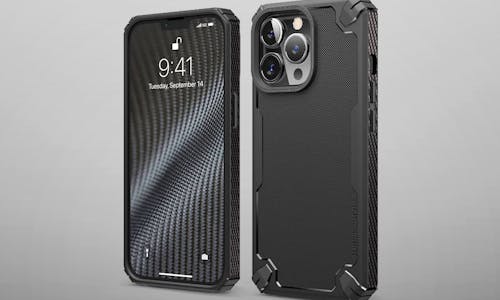About 2,400 cases of Freeview interference are predicted in Brighton when a ‘full power’ live 4G mobile broadband test begins in the second half of May.
On May 1, Brighton was announced as the next location for testing the effect of 4G/LTE mobile broadband signals on Freeview reception.
The Brighton test will involve 4G power being cranked up to 64dBm – the maximum permitted. Previous tests in London and The Black Country have been at 58dBm, the lowest level mobile network operators can use in 4G licences granted by Ofcom.

Read Recombu Digital’s guide to the 4G Freeview FailAt800, the organisation formed solve 4G Freeview interference problems, revealed more details of this next phase at the Evolving Connectivity show, held TV reception trade body by the Confederation of Aerial Industries (CAI).
Simon Beresford-Wylie, At800’s chief executive, told delegates that the Brighton test is a very important pilot. One reason for this is because Brighton’s Freeview broadcasts sit at frequencies right next to new 4G services, so the interference risk is very high.
Since Digital Switchover, terrestrial channels have been cleared from the 800MHz band so that 4G/LTE services can take their place. However, this may disrupt some homes’ Freeview reception.
In the UK’s new spectrum landscape, digital terrestrial TV stops at 790MHz, with a tiny 1MHz ‘guard band’ between it and 4G, which occupies 791-862 MHz.
The ‘Block A’ 4G signals begin at 791MHz and consist of two 5MHz sections, one operated by Three and the other by Everything Everywhere (EE). The trial in Brighton will use Block A first, then the remaining Blocks B and C.
At800 plans to send out 2,424 filters chosen from about 80,000 Brighton addresses. It is targeting homes whose Freeview reception is most vulnerable, chosen by computer modelling of the interaction between Freeview signals and the 4G test transmissions.
“We’re all on a learning curve,” Simon Beresford-Wylie told the CAI show, adding that March’s West Midlands pilot has proven that the model is quite an effective tool.
It over-estimated the number of cases, predicting 120 problems when At800 only needed to adjust 15 TV installations in practice.
For the bigger Brighton pilot, the model is suggesting we might see up to 400 standard domestic installation cases and 2,000 amplifier-related problems, revealed Beresford-Wylie.
Signal amplifiers were blamed for all problems in the previous field tests, and since Freeview power levels were boosted at Digital Switchover, much of this hardware is redundant.
“There are a lot of people with amplifiers that actually do not need them,” explained Beresford-Wylie, “so those amplify not only the digital terrestrial television signal but also LTE.”
The pilot will begin in Brighton during the last two weeks of May and will last for at least a fortnight, though 4G masts could remain active indefinitely.
“If the experience is such that we don’t cause chaos in Brighton, there’s a possibility of leaving it on,” Beresford-Wylie confirmed.

Leave a Reply